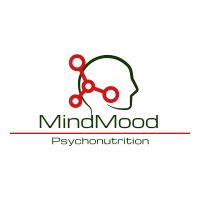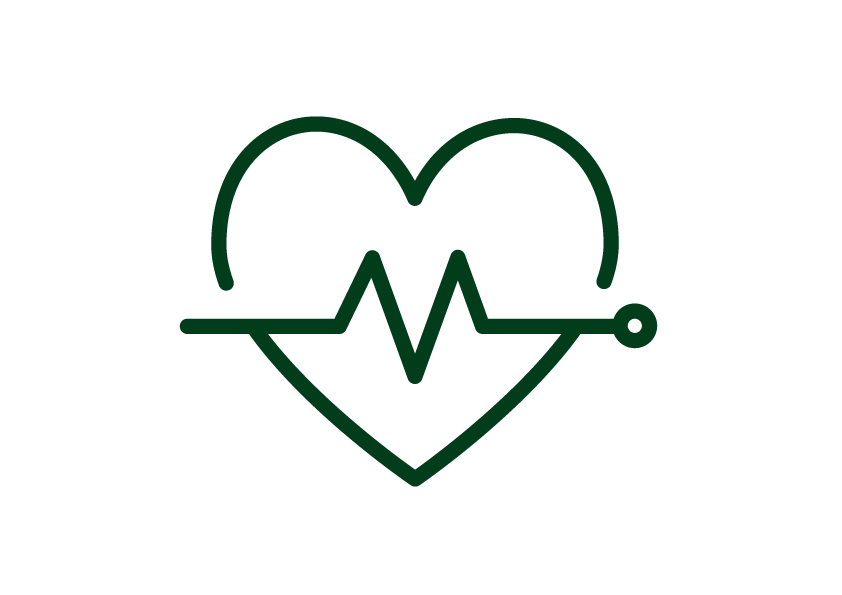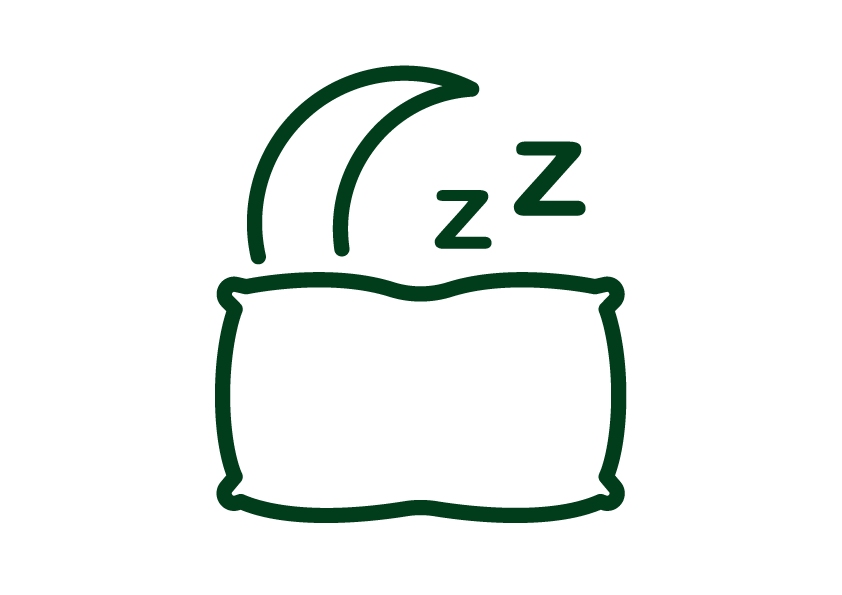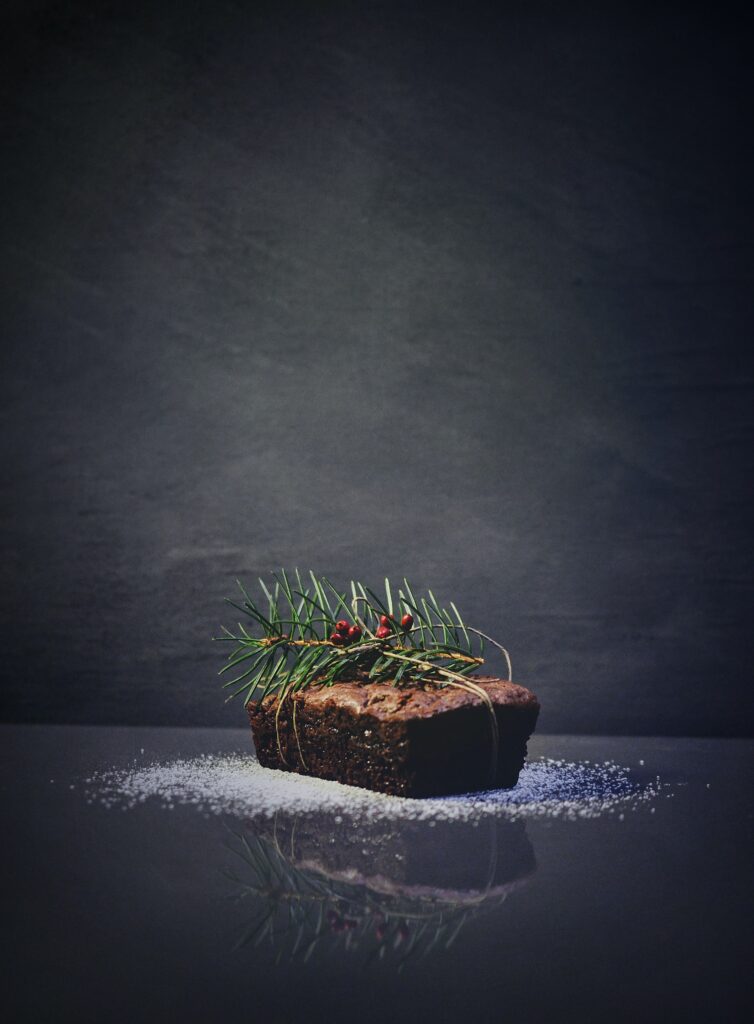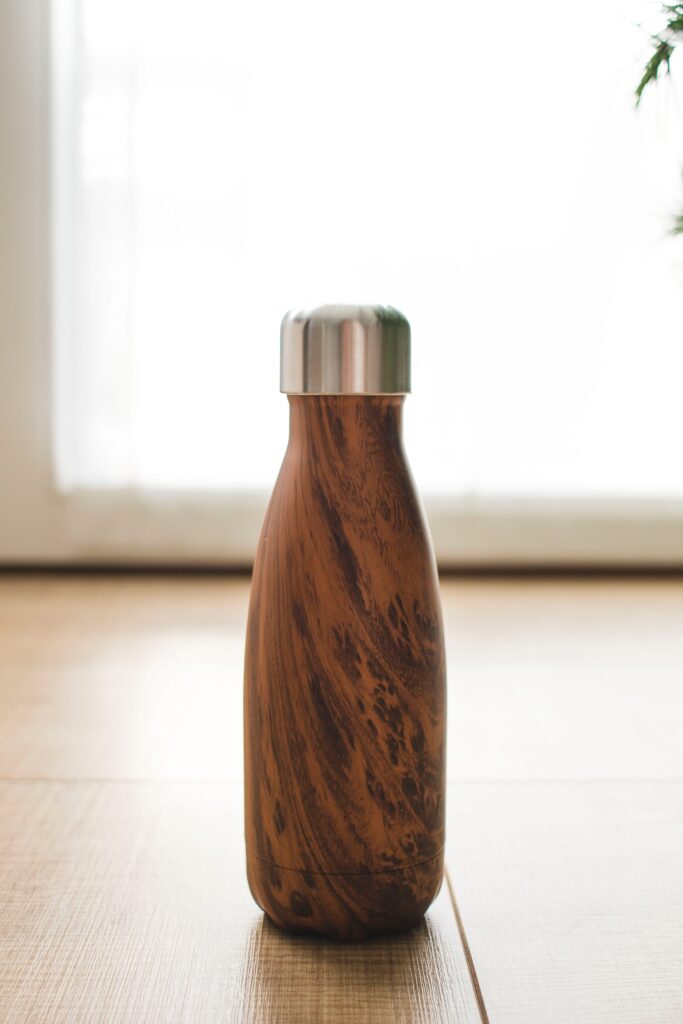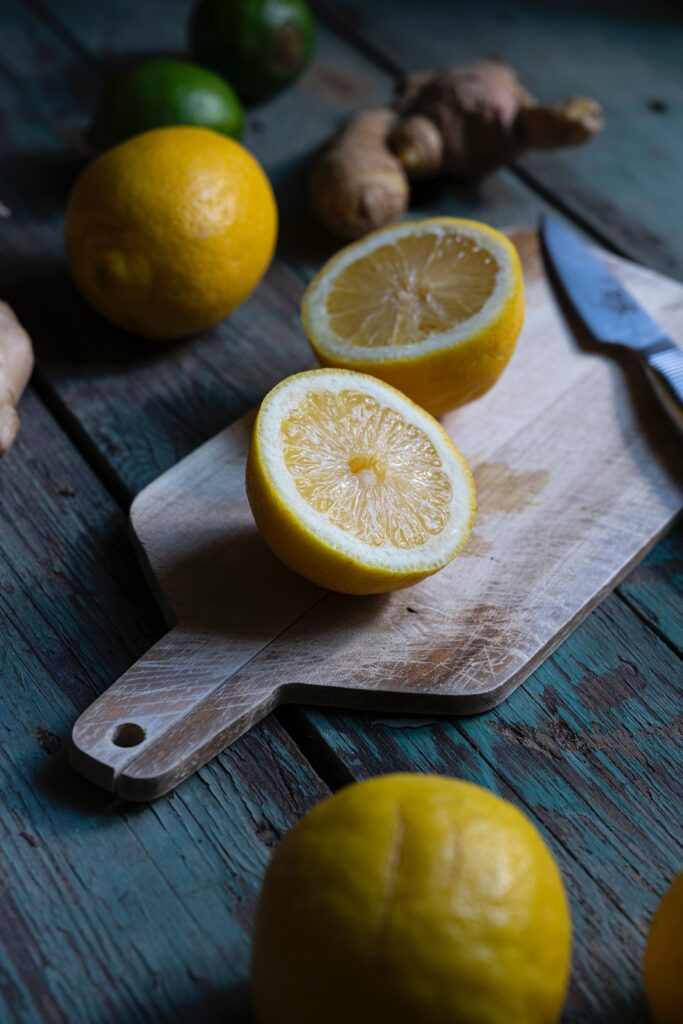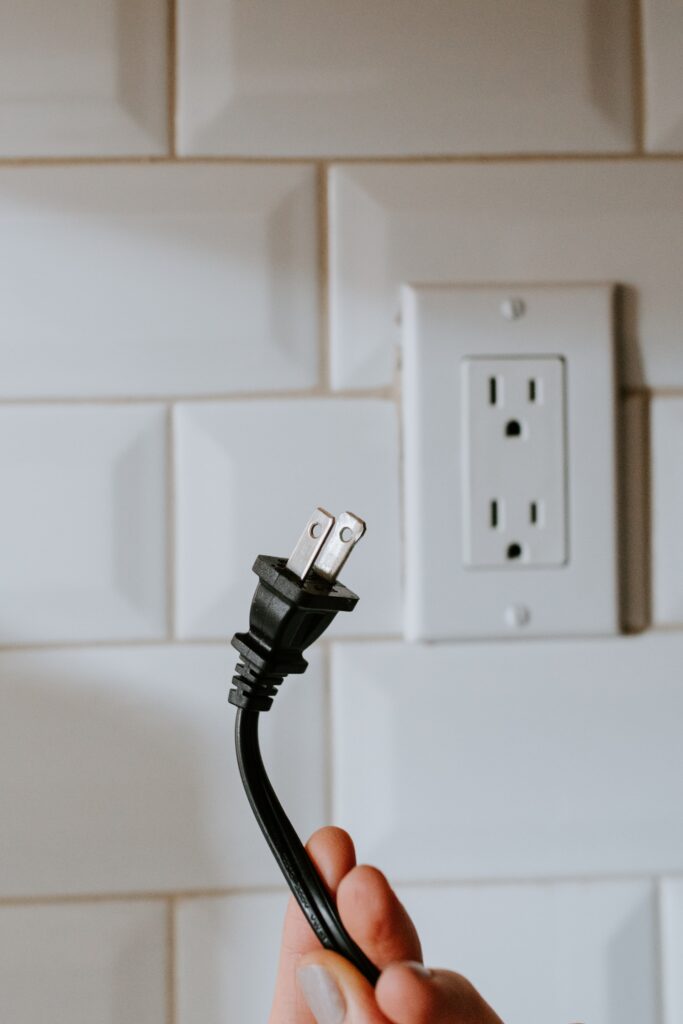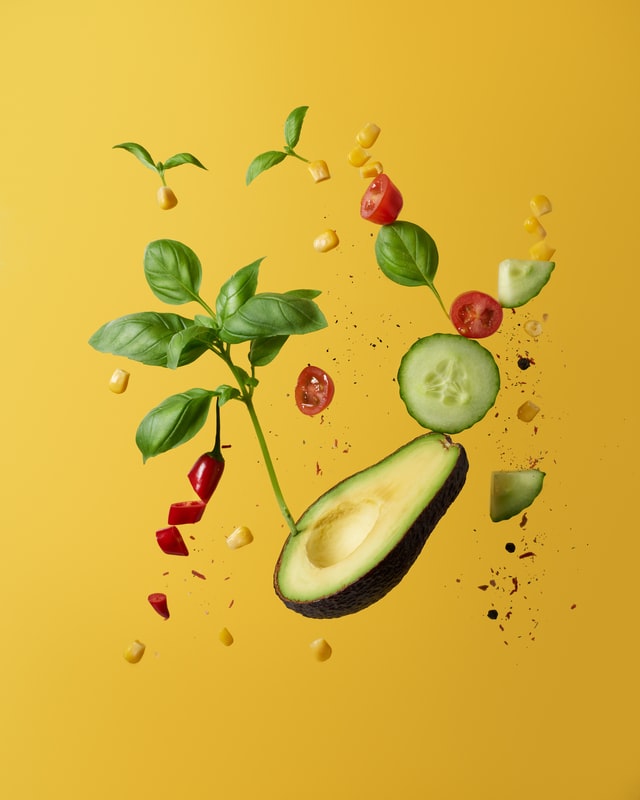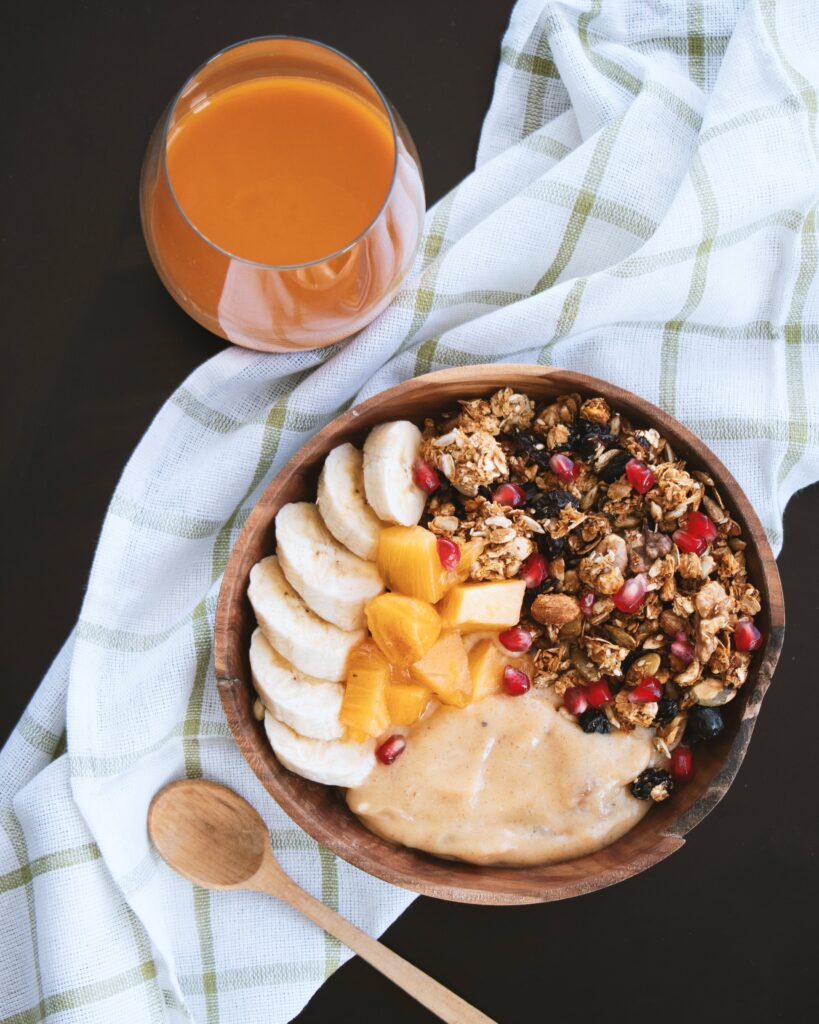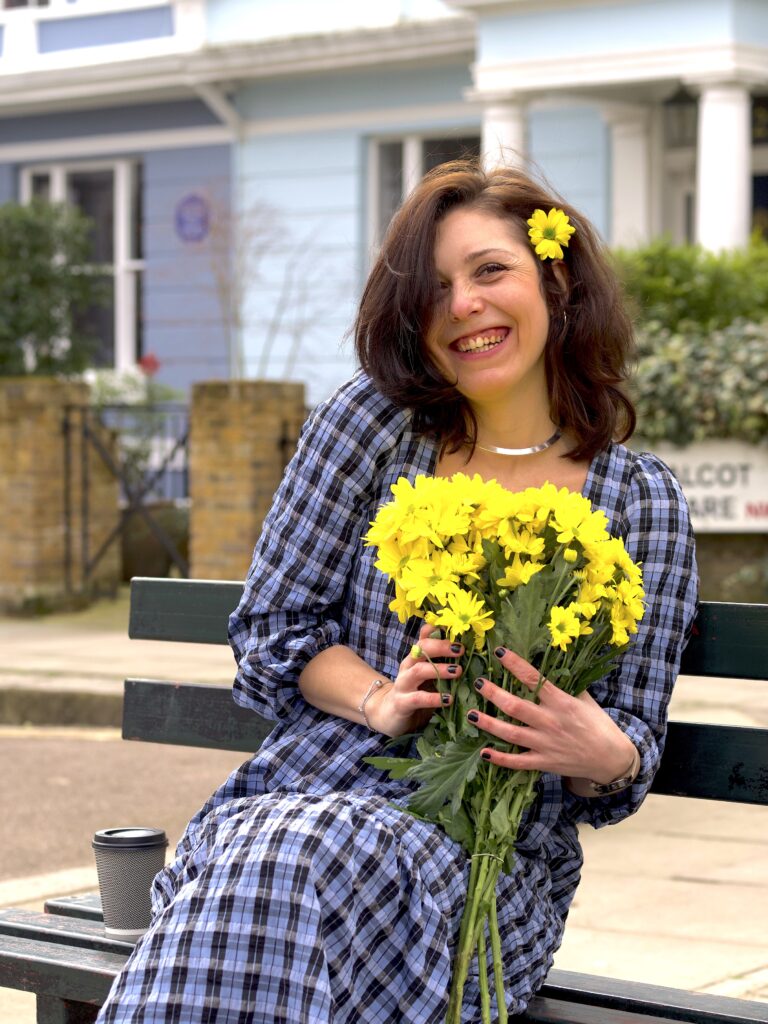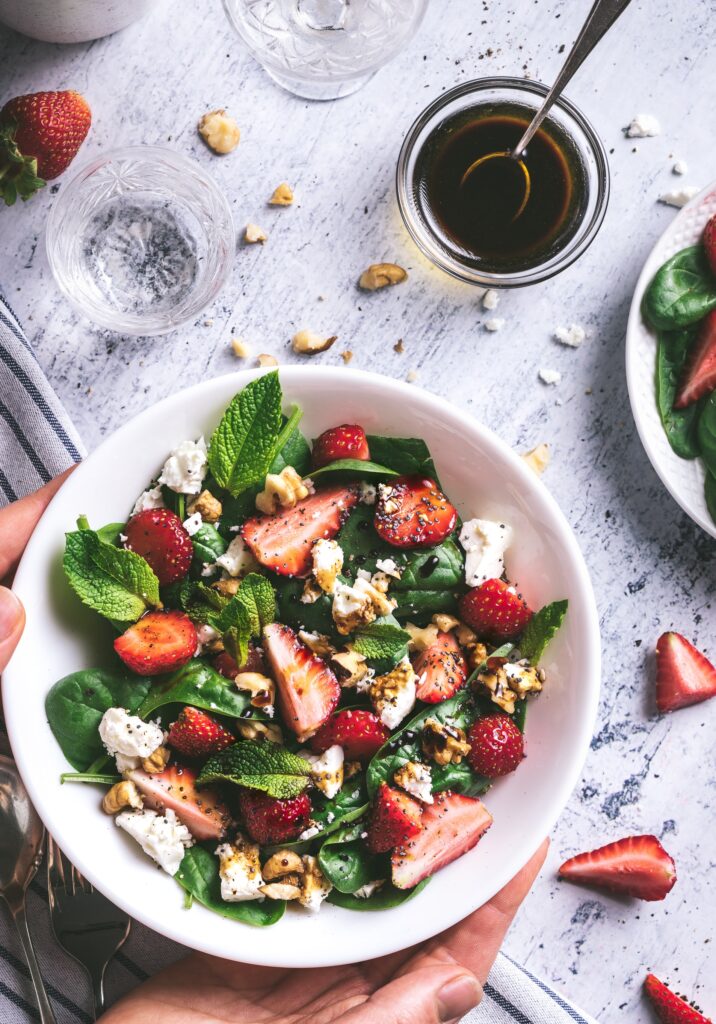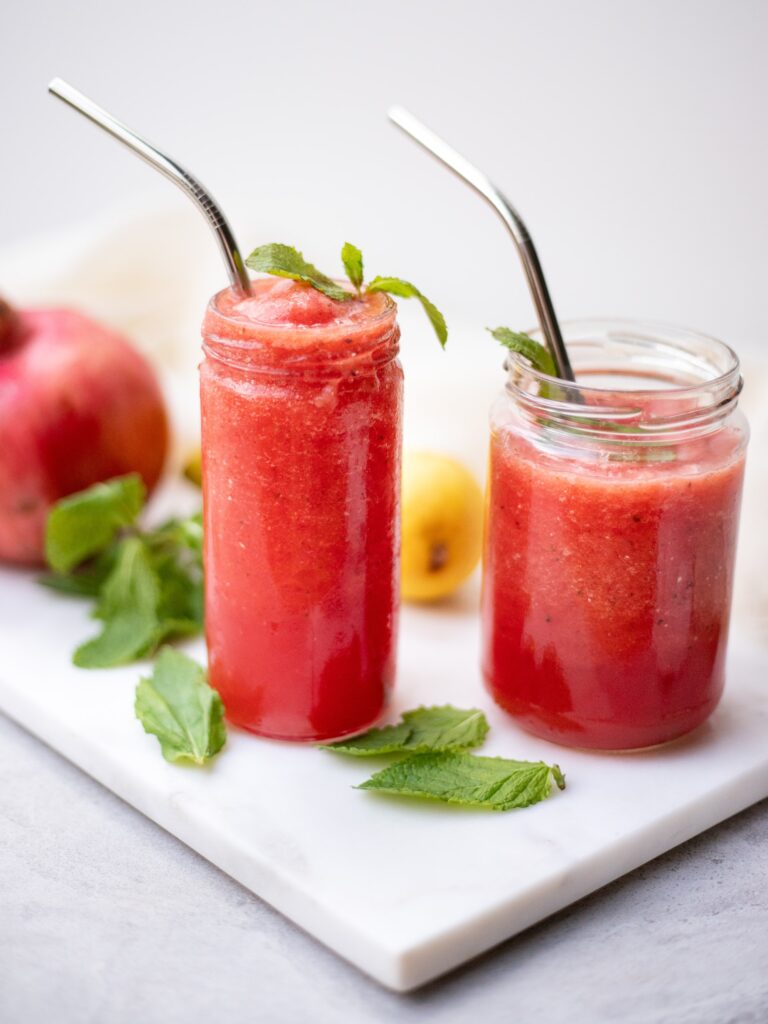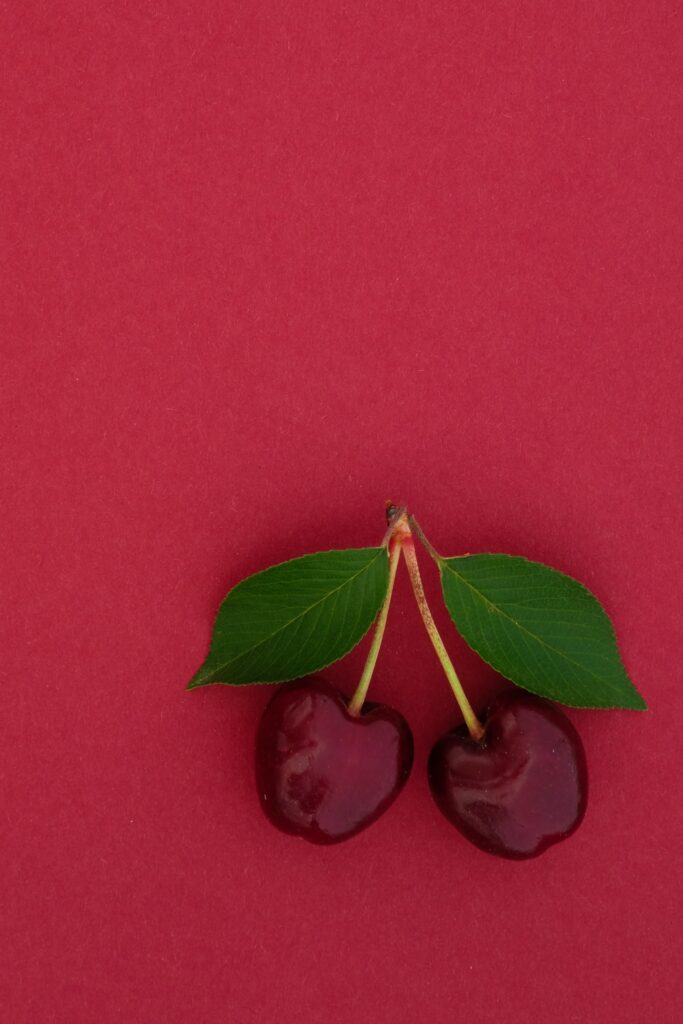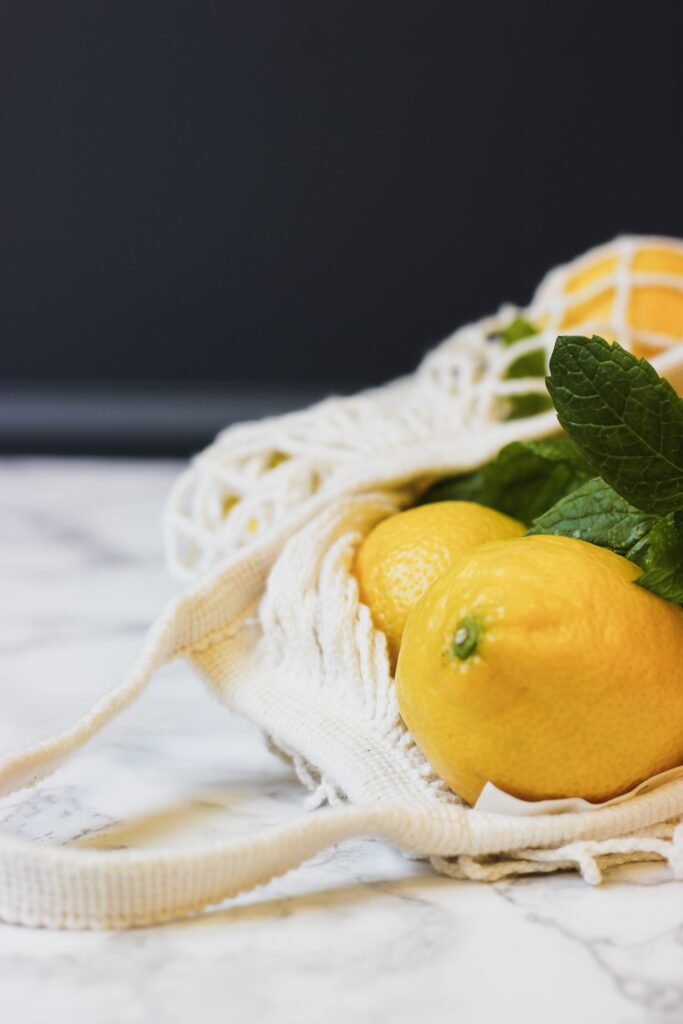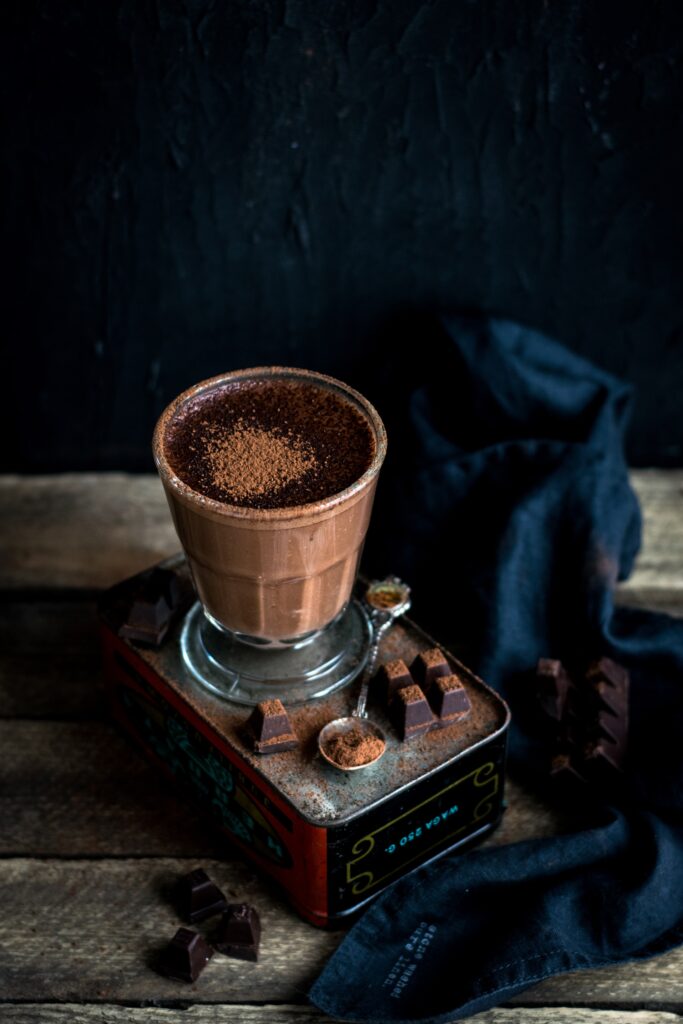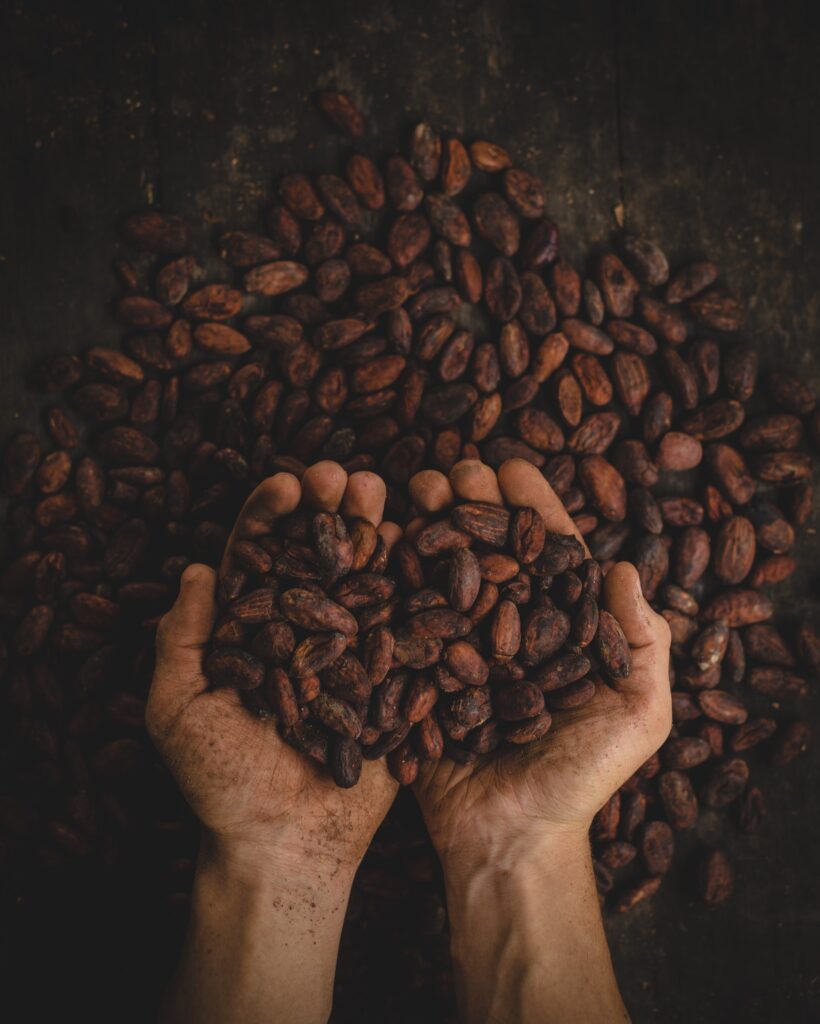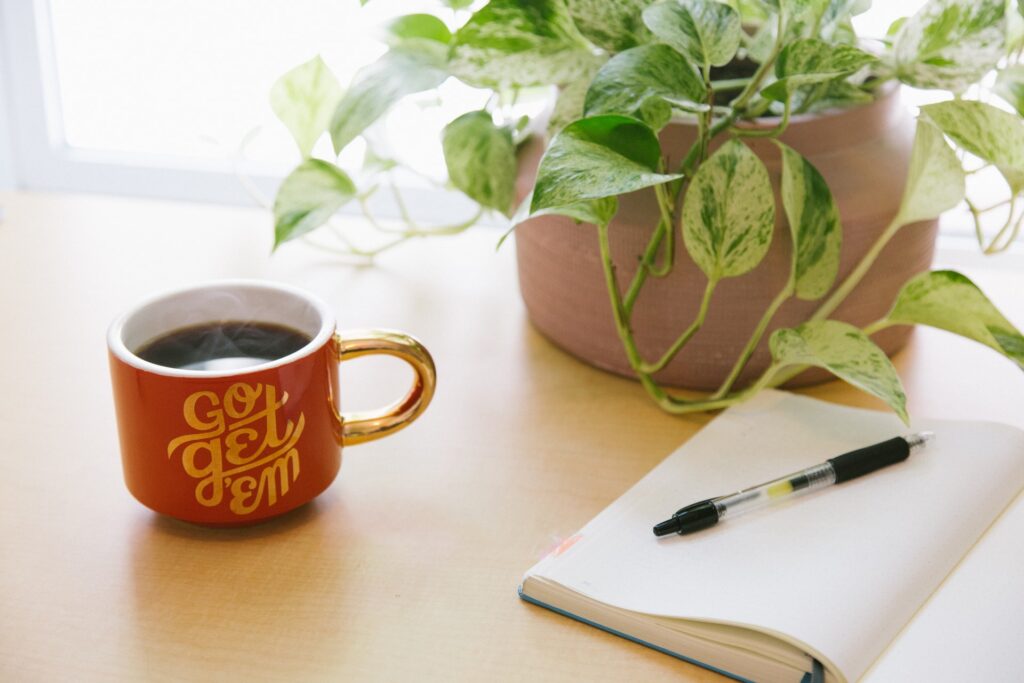Food for the Body & Mind
Positive Mindset for the Heart
Nourishment for the Soul
Your journey towards a happier life starts here!
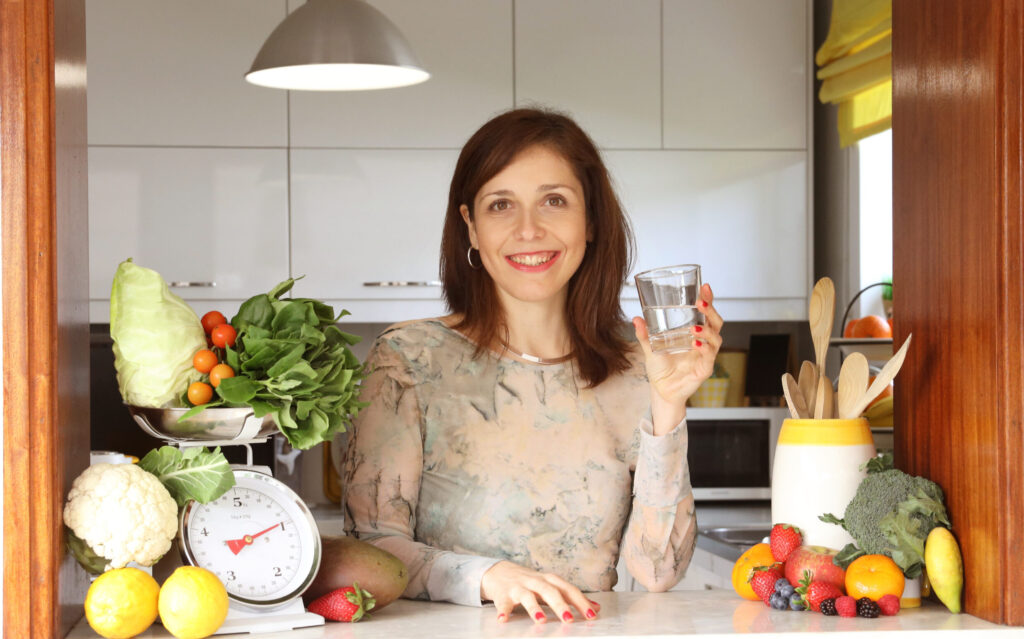
Meet Mindmoodpsychonutrition
Hi! I’m Cátia the person behind Mindmoodpsychonutrition
I support people and organisations to lead more fulfilling and happier lives.
Mindmoodpsychonutrition is the result of an ongoing determination to help others in a more holistic way and be part of their profound journey of change, grow and healing.
Eating it is much more than a simple physiological process.
It is also about the taste, textures and smells,
the memories
the thoughts and emotions towards food.
A holistic approach of health and wellbeing is therefore essential.
When we realise that we can no longer separate the body from the mind and the spirit we are awaken to the infinite possibilities of change, growth and healing.
How canI help you?
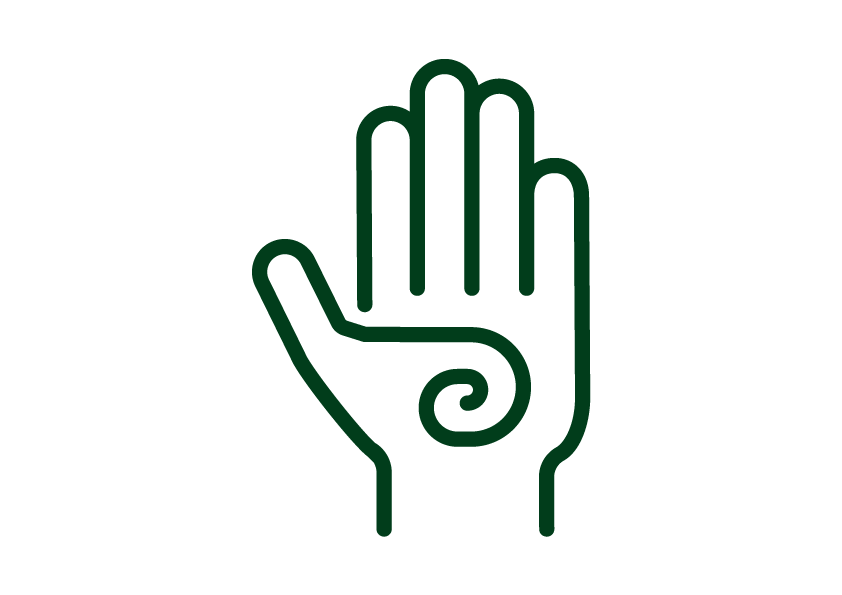
Emotional & mental health
Stress/anxiety, depression, complex trauma
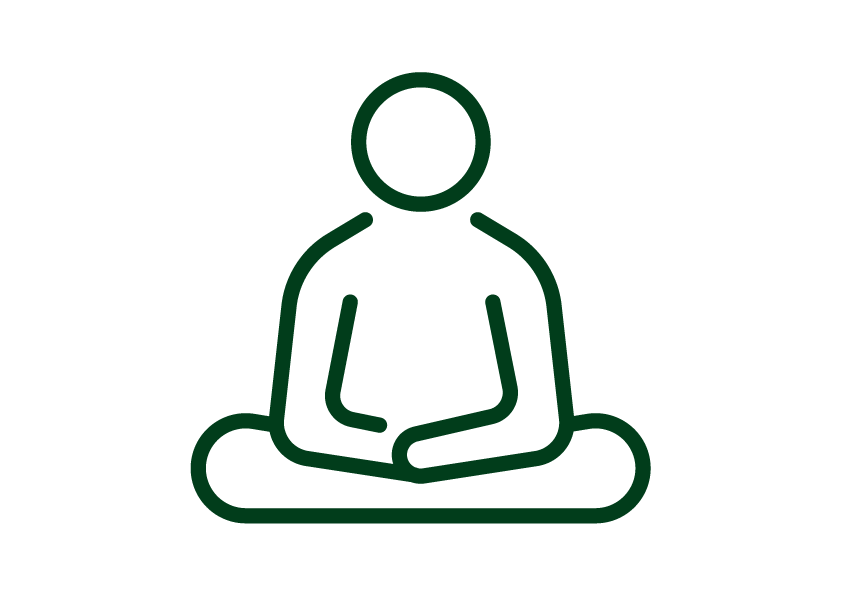
Brain & cognitive health
Memory, learning, ADHD

Gut health
Candida, IBS, SIBO, food allergies/intolerances
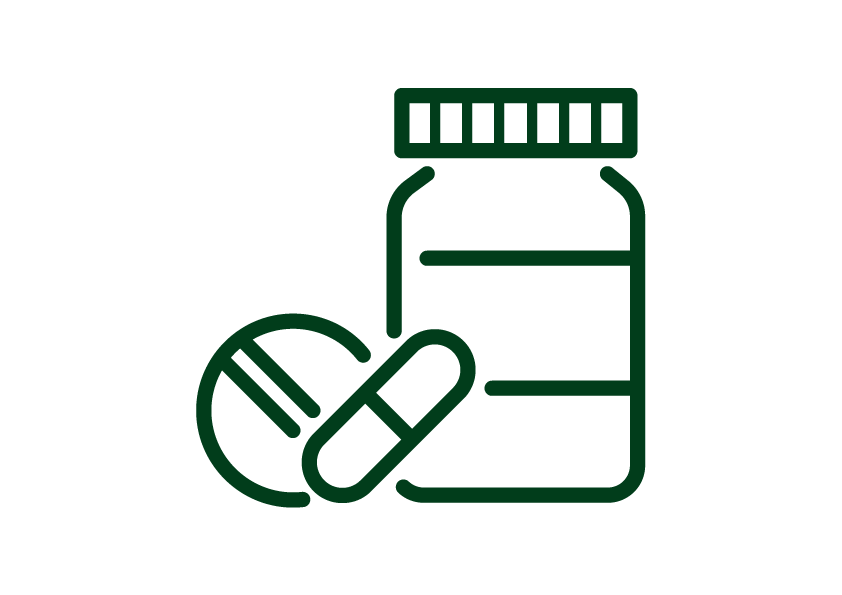
Addiction issues
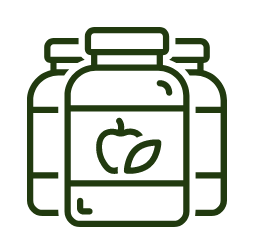
Testing & supplementation

1:1 personalised food shopping

Workplace & community wellbeing

Content creation & consultancy

Health & wellbeing writing
Lovely words
Clarissa R.
"What I love about Catia’s approach is that she focuses on a holistic view of health in our lives, something that we have to take care of both mentally and physically."
Fleur B.
"Through weekly psychology sessions my mental health has improved enormously, Catia has helped me to grow in confidence, make sense of the past and find ways to move forwards, always with compassion and understanding."
H. Rosário
"By having this holistic approach, I believe that Cátia is making a difference in many people’s lives, such as in my life. Since I started my sessions, the strategies I have been learning so far have been helping me to cope with my anxiety and my eating habits are changing gradually. I strongly believe that I am going in the right direction to my optimal body-mind health."
Emma B.
"Catia was fantastic and I felt supported and cared for during the time she helped me. Catia prescribed high quality vitamins and tonics along with an eating plan. I continue to benefit from this advice after the sessions have completed, and am very grateful! "

Subscribe the newsletter
Signup for news, special offers & the best health tips!
Thank you!
You have successfully joined our subscriber list.
